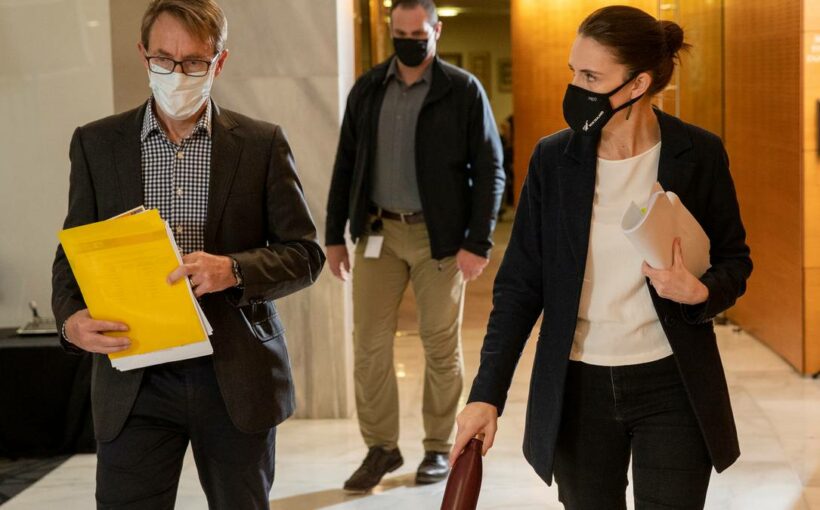OPINION:
As the rest of the country prepares for life with fried chicken at level 3, Prime Minister Jacinda Ardern had little to offer long-suffering Aucklanders other than words of thanks for bearing the brunt of repeated lockdowns.
After announcing Auckland would remain at level 4 for at least another two weeks while everyone else would drop to level 3 this week and possibly level 2 next week, Ardern said Auckland had to be thanked.
It was Auckland, she said, which had now had to bear the burden of lockdowns a number of times.
Her sentiments were correct, but will also grate on some of those Aucklanders.
One way to lighten that burden would have been to prioritise Auckland for vaccines from the get-go.
Instead, while there was a vague attempt to prioritise South Auckland, the rest of the metropolis was left on level pegging with every other region, despite the much higher risk the city faced.
That was partly for political reasons: the risk of a backlash from the regions if Aucklanders got priority.
However, this outbreak has shown starkly just why Auckland should have been prioritised – as much for the rest of the country as for Auckland.
That could change from this week as the Government contends with a surge in vaccination rates – especially in Auckland.
Among the decisions Ardern is considering as vaccine supplies come under pressure is whether to slow or halt new bookings in other regions to allow vaccinations in Auckland to continue at pace.
Covid-19 Minister Chris Hipkins’ admission that vaccine supplies might not keep up with current vaccination rates over September was welcome transparency at a time when it is sometimes lacking.
As a general rule, Governments tend to try to hide potential flaws in their plans – running the risk they will later get caught out.
But it has also created a headache for the Government, which did not yet have a plan in place to deal with the situation.
That led to the PM again arguing that there was no problem with supply: there was simply too much demand.
She also insisted the vaccines would not run out, even if efforts currently under way to get more supplies in quickly did not work out.
However, to ensure it did not run out would require slowing the pace back to the expected pre-outbreak levels of 350,000 a week – the rate the Government had expected when setting the rollout.
That measure would see a cut of about 30,000 jabs a day compared with the current rates of between 75,000 and 90,000 a day.
Hipkins too was probably wishing he could change time.
The Delta outbreak arrived a month too early for the rollout plan.
Pfizer had planned to send millions of doses in October – in fact it had planned to send all of New Zealand’s remaining order then. Hipkins has subsequently asked for those to be staggered out over October and November to ensure the country was not left with vaccines that would expire.
The left-overs were intended to used for any boosters that were required later on.
They may now instead be used to swap later for another country’s vaccines now.
Later this week we should know if it will be plan A: more supplies from somewhere else and keep jabbing, or Plan B: slow things down to ensure we do not run out until the bonanza from Pfizer arrives.
Source: Read Full Article

/cloudfront-ap-southeast-2.images.arcpublishing.com/nzme/YQWQJVBWFR4YZCCXQLTXET4R3U.jpg)
/cloudfront-ap-southeast-2.images.arcpublishing.com/nzme/AHV5HBP5OWQGSUT7VAER2XCABM.jpg)
/cloudfront-ap-southeast-2.images.arcpublishing.com/nzme/65DMR6DGAFRVMELN44XVIU755A.jpg)